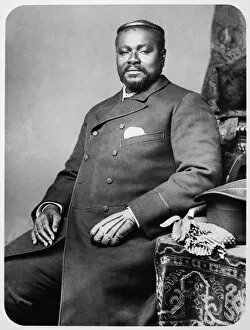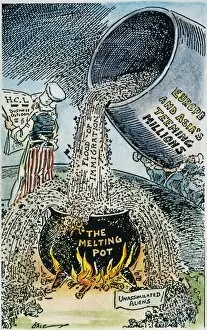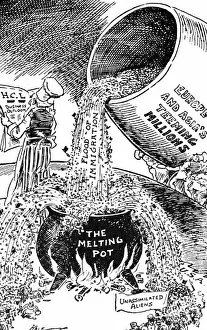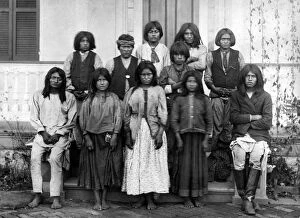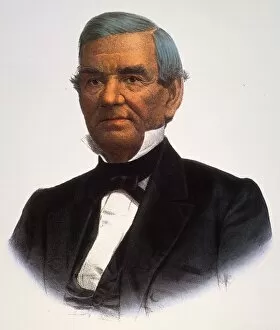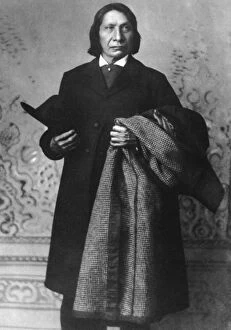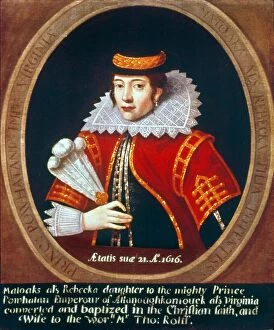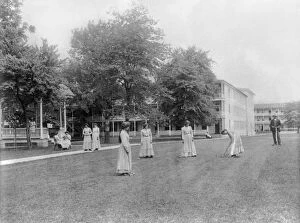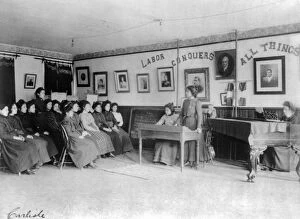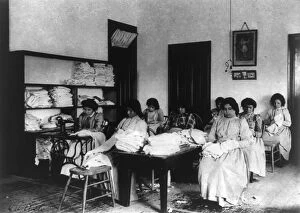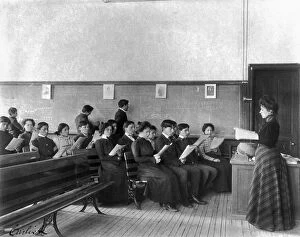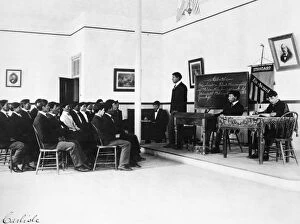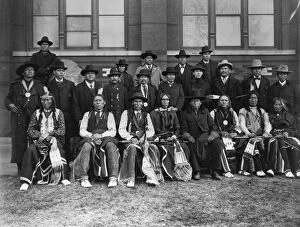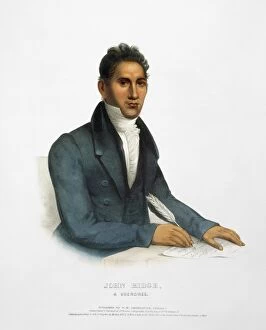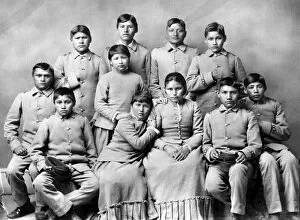Acculturation Collection
Acculturation is a complex process that has shaped the course of history and continues to influence societies today
All Professionally Made to Order for Quick Shipping
Acculturation is a complex process that has shaped the course of history and continues to influence societies today. One example of this can be seen in the life of CETSHWAYO, the last Zulu King. As he navigated interactions with European colonizers, his culture underwent significant changes. In Xanthos, Turkey, we find evidence through various monuments. Inside a Pillar Tomb, one can sense the merging of different artistic styles and influences. The Pillar tomb itself stands as a testament to cultural exchange and adaptation over time. Similarly, the Xanthian Obelisk showcases how ideas from different civilizations blended together harmoniously. However, not all instances have been smooth or positive. An anti-immigration cartoon titled "Spoiling the Broth" from 1921 highlights tensions arising from large-scale immigration in America during that period. It criticizes immigrants for failing to assimilate into society's melting pot concept. The assimilation efforts faced by Native American communities are also worth mentioning when discussing acculturation. Sioux boys photographed in western clothing demonstrate attempts at incorporating indigenous individuals into mainstream American culture while Apache children arriving at Carlisle Indian Industrial School reveal forced assimilation practices prevalent during the late 19th and early 20th centuries. On another note, San Jose Mission serves as an embodiment of religious acculturation between Spanish missionaries and Native Americans in California. This mission represents both spiritual transformation and cultural blending as indigenous traditions merged with Catholicism. An ongoing phenomenon that shapes our world's social fabric by bringing diverse cultures together while challenging them to adapt and evolve simultaneously. Understanding its complexities helps us appreciate humanity's ability to embrace change while preserving unique identities throughout history.

